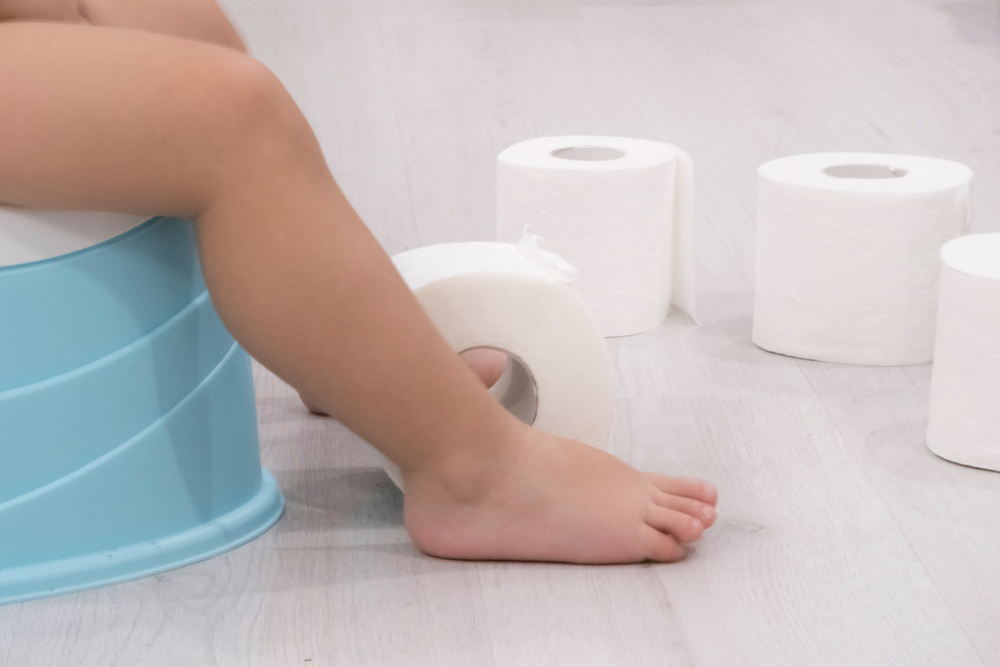Potty training can be natural, easy, and peaceful. The first step is to know the facts.
- The perfect age to begin potty training is different for every child. Your child’s best starting age could be anywhere from eighteen to thirty-two months. Pre-potty training preparation can begin when a child is as young as ten months.[spacer height=”10px”]
- You can begin training at any age, but your child’s biology, skills, and readiness will determine when he can take over his own toileting.[spacer height=”10px”]
- Teaching your child how to use the toilet can, and should, be as natural as teaching him to build a block tower or use a spoon.[spacer height=”10px”]
- No matter the age that toilet training begins, most children become physically capable of independent toileting between ages two and a half and four.[spacer height=”10px”]
- It takes three to twelve months from the start of training to daytime toilet independence. The more readiness skills that a child possesses, the quicker the process will be.[spacer height=”10px”]
- The age that a child masters toileting has absolutely no correlation to future abilities or intelligence.[spacer height=”10px”]
- There isn’t only one right way to potty train – any approach you use can work – if you are pleasant, positive and patient.[spacer height=”10px”]
- Nighttime dryness is achieved only when a child’s physiology supports this–you can’t rush it.[spacer height=”10px”]
- A parent’s readiness to train is just as important as a child’s readiness to learn.[spacer height=”10px”]
- Potty training need not be expensive. A potty chair, a dozen pairs of training pants and a relaxed and pleasant attitude are all that you really need. Anything else is truly optional.[spacer height=”10px”]
- Most toddlers urinate four to eight times each day, usually about every two hours or so.[spacer height=”10px”]
- Most toddlers have one or two bowel movements each day, some have three, and others skip a day or two in between movements. In general, each child has a regular pattern.[spacer height=”10px”]
- More than 80 percent of children experience setbacks in toilet training. This means that what we call “setbacks” are really just the usual path to mastery of toileting.[spacer height=”10px”]
- Ninety-eight percent of children are completely daytime independent by age four.
This article is an excerpt from The No-Cry Potty Training Solution: Gentle Ways to Help Your Child Say Good-Bye to Diapers by Elizabeth Pantley. (McGraw-Hill, 2006)
This handout is provided by Parent Trust for Washington Children. All information in this handout is provided by the copyright holder Elizabeth Pantley, who is solely responsible for it’s accuracy and content. You are welcome to reprint this article on your website or in your newspaper or newsletter, provided that you reprint the entire article, including the complete byline with author’s name and book title. Please also send a link or copy to elizabeth@pantley.com. Thank you.

